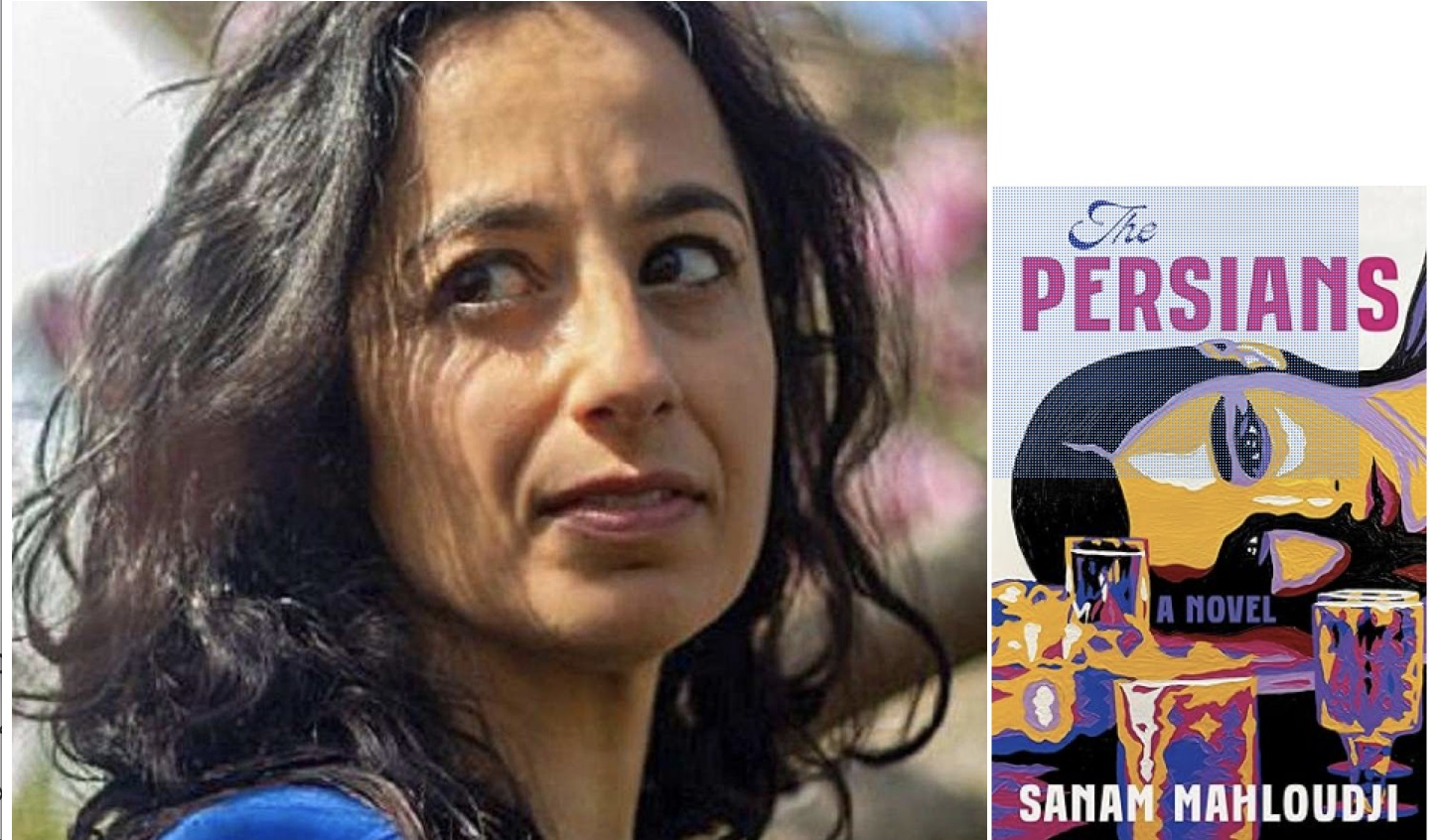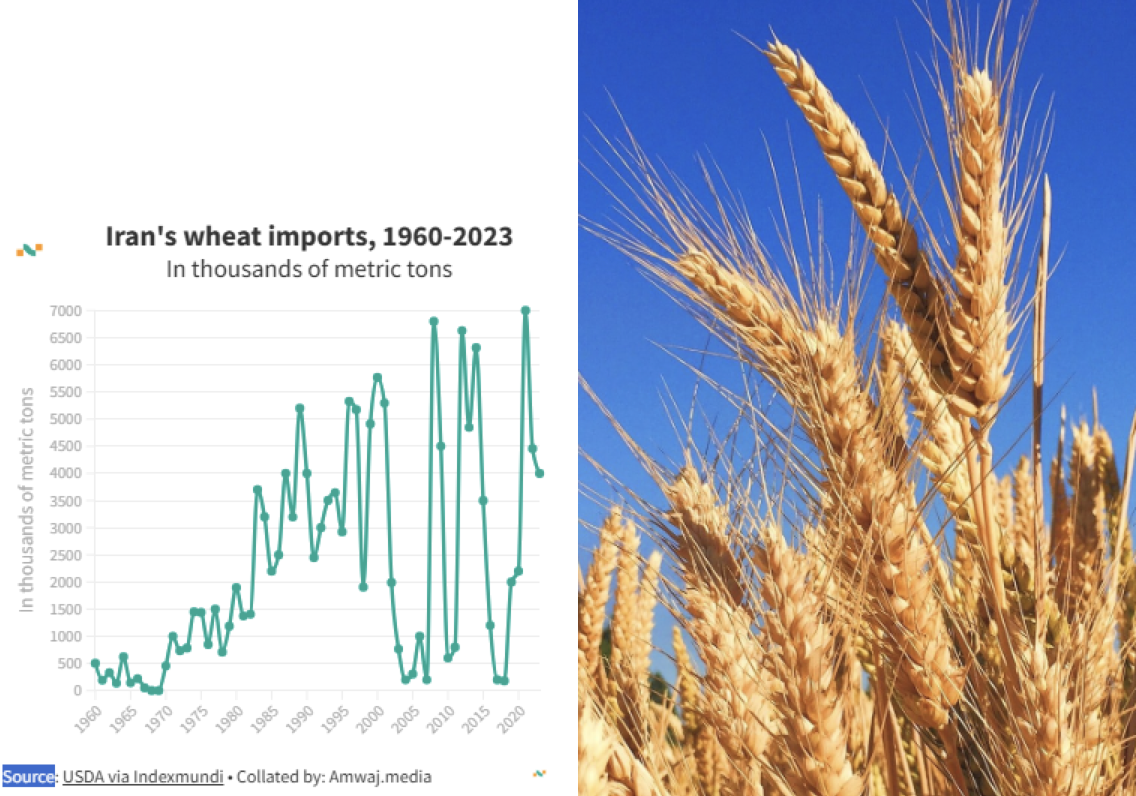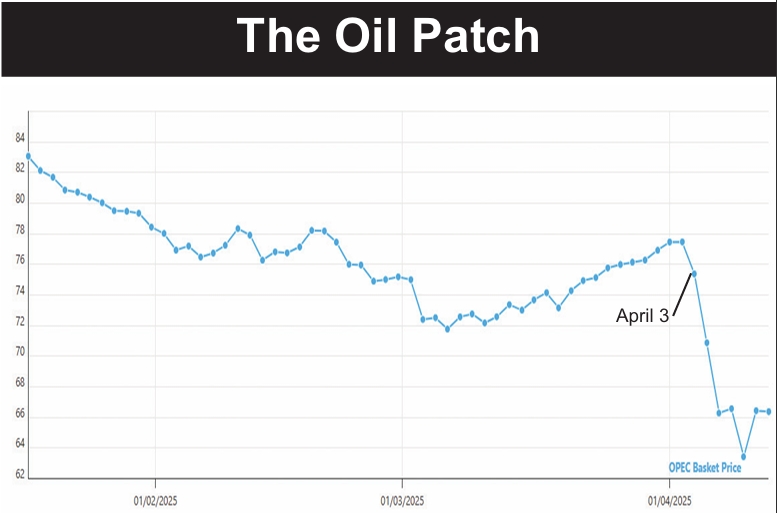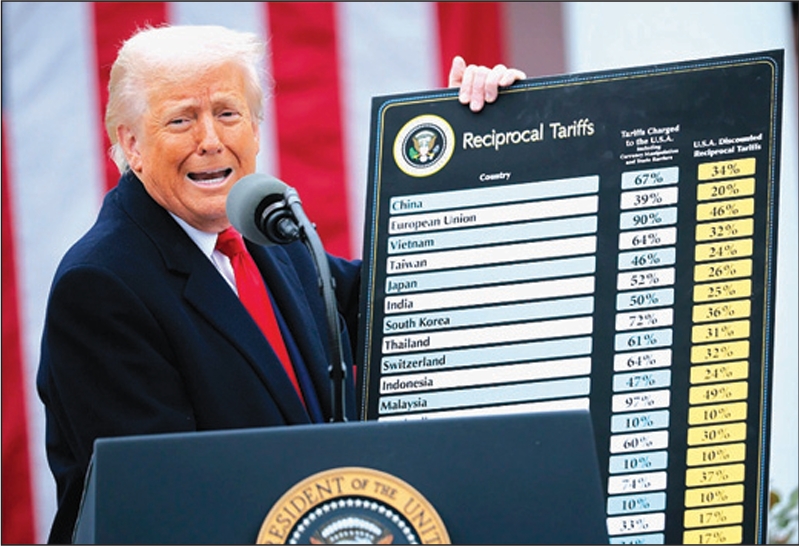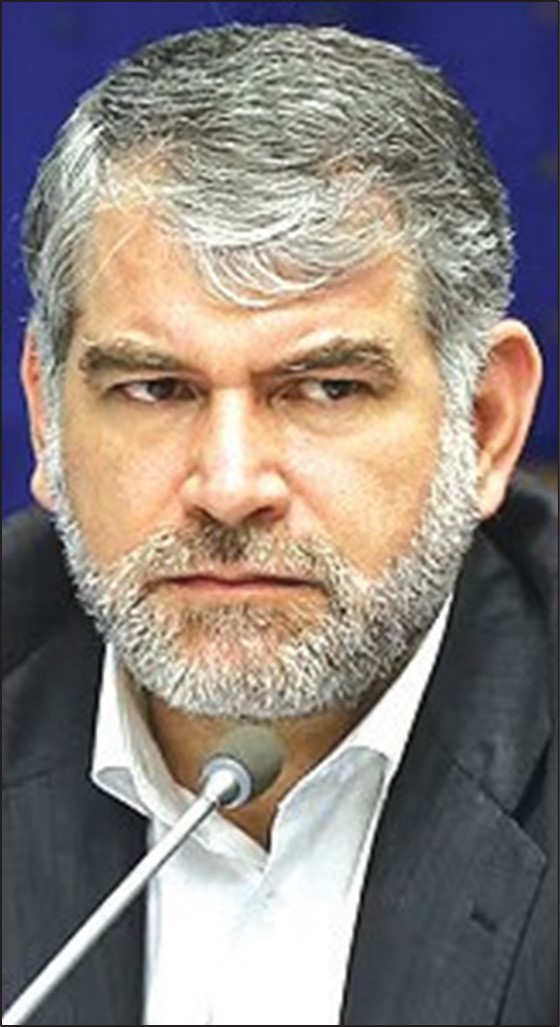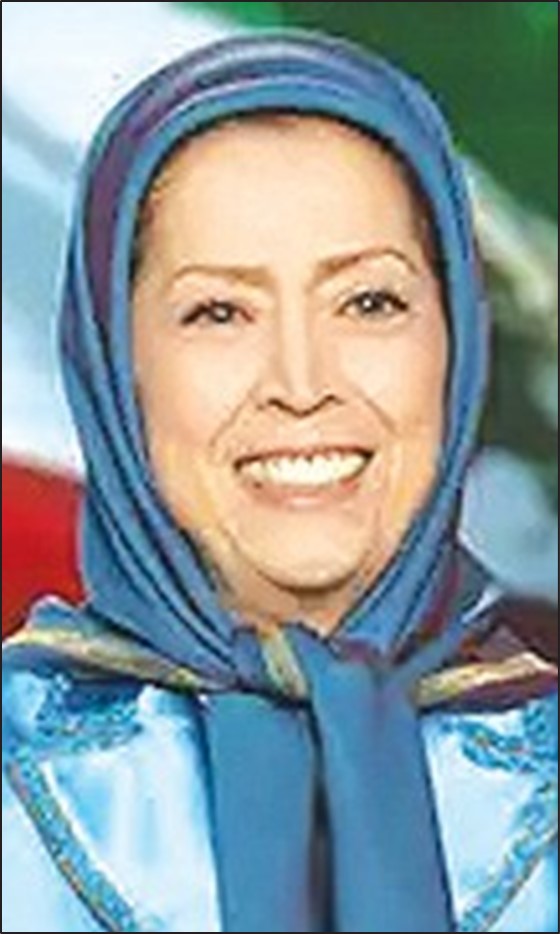The National Iranian Oil Co. (NIOC) claims that the new oil find totals 10 billion barrels of crude. That is immense. It amounts to 7 percent of all of Iran’s current known reserves. But with only one well drilled into the oilfield so far, some question whether that figure is based more on hope than science.
The crude was found while Iran was working on a known natural gasfield. The crude was located at a depth of 2.5 kilometers (1.6 miles), very deep and possibly challenging for Iran’s technology.
Still, even if the oilfield isn’t as large as claimed, the discovery is a dramatic development.  Most of Iran’s oil is located in the southwest, chiefly in Khuzestan province. This discovery opens a whole new region for development.
Most of Iran’s oil is located in the southwest, chiefly in Khuzestan province. This discovery opens a whole new region for development.
The discovery was announced Sunday by Oil Minister Rostam Qasemi.
Ali Osuli, the managing director of the Khazar Exploration and Production Co., which handles work in the Caspian, said the oil layer is 24 to 30 meters thick (79 to 98 feet), an unusually large vein. He said drilling continues to find more details.
Iran said the oilfield was located in Iranian waters. But it did not make clear if that was in waters disputed with Azerbaijan and Turkmenistan or in undisputed Iranian waters. Since neither Azerbaijan nor Turkmenistan has publicly complained of Iranian drilling in their zones, the work has most likely been conducted in undisputed Iranian waters. However, if the field is as big as Iran claims, it could well extend beyond Iranian waters and be shared with Azerbaijan and/or Turkmenistan.
Robin Mills, head of consulting at Dubai-based Manaar Energy and Project Management, told Bloomberg news, “Iran has never found anything in its section of the Caspian because it’s deep water…. Ten billion barrels is certainly something to talk about. The question is whether Iran has the technology to develop it.”
Iran has spent more than 15 years struggling to find oil under the Caspian Sea. Oil officials have repeatedly said they were sure there was a bonanza there. But until now, all the efforts produced nothing.
Iran sent its first drilling rig into the Caspian in 1996. It found no oil. Iran sent its second drilling rig into the Caspian in February 2010 to drill three test wells, but progress was very slow and halting.
Even with the latest announcement, Iran is still far behind its four fellow Caspian coastal states.
Kazakhstan plans to begin producing oil this year in the northern Caspian at Kashagan, the world’s fifth-largest oil field, where the partners include Eni SpA, Exxon Mobil Corp., Royal Dutch Shell Plc and Total SA.
In Azerbaijan, BP Plc leads a group pumping oil at the Azeri-Chirag-Guneshli project, the largest field under development in Azerbaijan’s sector of the Caspian basin, according to BP’s website.
“Iran has had challenges attracting investment and is the Caspian nation that has lost the most on that front,” Abbas Maleki, director general of the International Institute for Caspian Studies, told Bloomberg news. Maleki is a former deputy foreign minister of Iran.
The five littoral nations—Iran, Azerbaijan, Russia, Kazakhstan and Turkmenistan—have disagreed over how to share the sea and its resources ever since the collapse of the Soviet Union two decades ago in 1991. Iran wants the landlocked sea split into five equal parts, 20 percent for each, while the other four seek a more traditional division based on their respective shorelines, an arrangement that would limit Iran to 13 percent.
Iran has held up any treaty dividing the Caspian for two decades now. It has also insisted that no country can explore for oil until there is a treaty on borders. But Iran has ignored its own declared policy by sending two rigs into the Caspian. All the other coastal states have also ignored Iran’s decree.
Iran was unable to ship a semi-floating platform to the Caspian from outside the region because the sea is landlocked and Russia controls the only access to the sea by canal. Apparently, Russia refused to allow Iran to use the canal.
As a result, Iran had to built the rig on the Caspian coast.
Media reports have described the Iran-Alborz as Iran’s first drilling rig in the Caspian. But back in 1996, then-President Ali-Akbar Hashemi-Rafsanjani inaugurated the Iran-Khazar drilling rig in the Caspian and that was lauded as Iran’s first Caspian drilling rig.
Two years later, however, Iran leased the Iran-Khazar rig to Dragon Oil, which used it to explore off Turkmenistan in the Caspian.
Many news reports in the Islamic Republic have described the Iran-Alborz as an entirely Iranian product. UPI, however, said the design was provided by the Swedish firm, Gotaverken, and actual construction was overseen by another Swedish firm, Sadra.
Azerbaijan was initially very concerned that Iran would force a confrontation by trying to drill for oil in the portion of the Caspian claimed by both countries. But Xalaf Xalafov, Azerbaijan’s deputy foreign minister, announced last year that the Iran-Alborz had not drilled in the disputed zone up to that point.
Iran’s 20 percent claim would give it possession of a few oilfields that Azerbaijan has discovered. In 2001, an Iranian warship and combat aircraft drove off an Azerbaijani research vessel that was trying to start work on one of those fields. Azerbaijan has not gone to any of those contested fields since then.
It appeared to some analysts that Iran was content to leave those fields alone for now so long as Azerbaijan also ignored them. Thus, the disputed zone has in effect become a dead zone.







